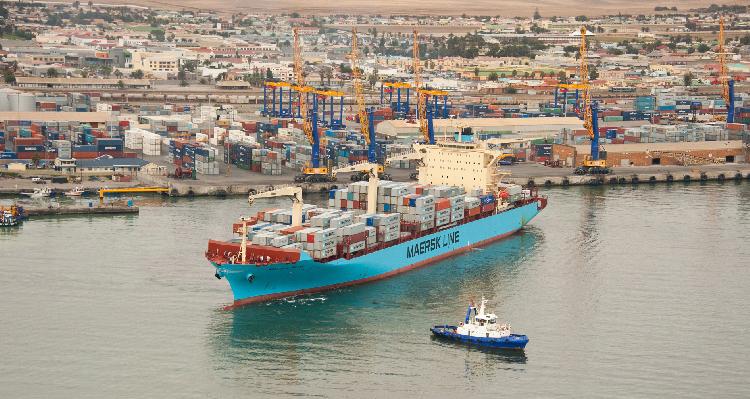Africa-Press – Namibia. DURING the month with some sort of normalcy in global trade such as October, Namibia slid back to its widened trade deficits, still exporting less than what is imported.
For October, imports exceeded exports by a whopping N$7 billion, trade data for the month from the Namibian Statistics Agency (NSA) show. The previous months were better, the deficit then was only around N$3 billion.
Owning to this bloated trade deficit is imports which increased by 25,1% year on year to N$15,3 billion in October. Exports on the other hand came in low at N$8,3 billion, though they increased by 5,8% from last year.
This simply means Namibians (people and corporations) bought N$15,3 billion worth of goods, but only sold N$8,3 billion worth of goods. According to the NSA, Namibia by trading with other countries plays a crucial role in economic development as it links producers and consumers located in different countries into a global economic system.
The NSA statistician general, Alex Shimuafeni, said for this month, the statistics bureau zoomed in on imports of bottled water, with the country importing 6,1 million litres of bottled water valued at N$55,4 million in October 2021, mostly supplied by South Africa (92,8%).
On a monthly basis, the value of exports dropped by 2,7%, whereas the value of imports increased by 32,2% m/m in October 2021. The biggest drivers of exports in October were diamonds (up 15,8%) and gold (up 12,1%). These are all year-on-year comparisons.
“Fish products were mainly exported to Spain, Italy and the Netherlands while diamonds were mainly shipped to the United States, Israel, Belgium, Botswana and the United Arab Emirates,” reads an analysis by Simonis Storm.
Products which have a share of less than 2% of total imports, but which recorded major spikes in annual export growth in October include manufactured tobacco (which rose 1 611,8%), paper products (up 1 463,3%), electric power machinery (up 446,7%), essential oils (up 418,5%) and milk and cream products (up 215,6%).
Exports were mainly sent to China (28,0%), South Africa (18,4%), Botswana (15,3%), the Netherlands (5,8%) and Spain (4,5%). Products with the biggest share of imports during October were copper (up 1,7% y/y), petroleum oils (up 84,1% y/y), motor vehicles (up 159,8%) and civil engineering equipment (up 75,9%).
Imports were mainly sourced from South Africa (29,9%), Zambia (13,7%), Peru (8,9%), China (8,5%) and the Democratic Republic of Congo (7,7%). On the top exports, copper was Namibia’s largest export commodity during the month under review accounting for 23,7% of total exports, mainly destined for China, the Netherlands and Panama.
Copper was followed by precious stones (diamonds) which accounted for 19,3% of total exports destined mostly for Botswana, the United Arab Emirates (UAE) and Hong Kong.
Uranium ranked third on the list with a share of 11,4%, of which China absorbed the bulk. The top commodities imported into Namibia were also led by semi-refined copper taking the lead with the largest share of 19,1%. Following in the second position is petroleum oils with a share of 13,3% of all commodities imported.
Copper ores and concentrates were ranked third after contributing 10,2% to total imports, while ores and concentrates of precious metals; and motor vehicles for transport of goods followed in the fourth and fifth position with contributions of 3,6% and 3,3%, respectively.
Transport by road was the most frequent mode of transport used for imports during the period under review. The value of imports by road amounted to N$8,8 billion, representing 57,4% of all goods imported into the country. This shows that Namibia’s logistics industry is largely dominated by road transportation.
For More News And Analysis About Namibia Follow Africa-Press






